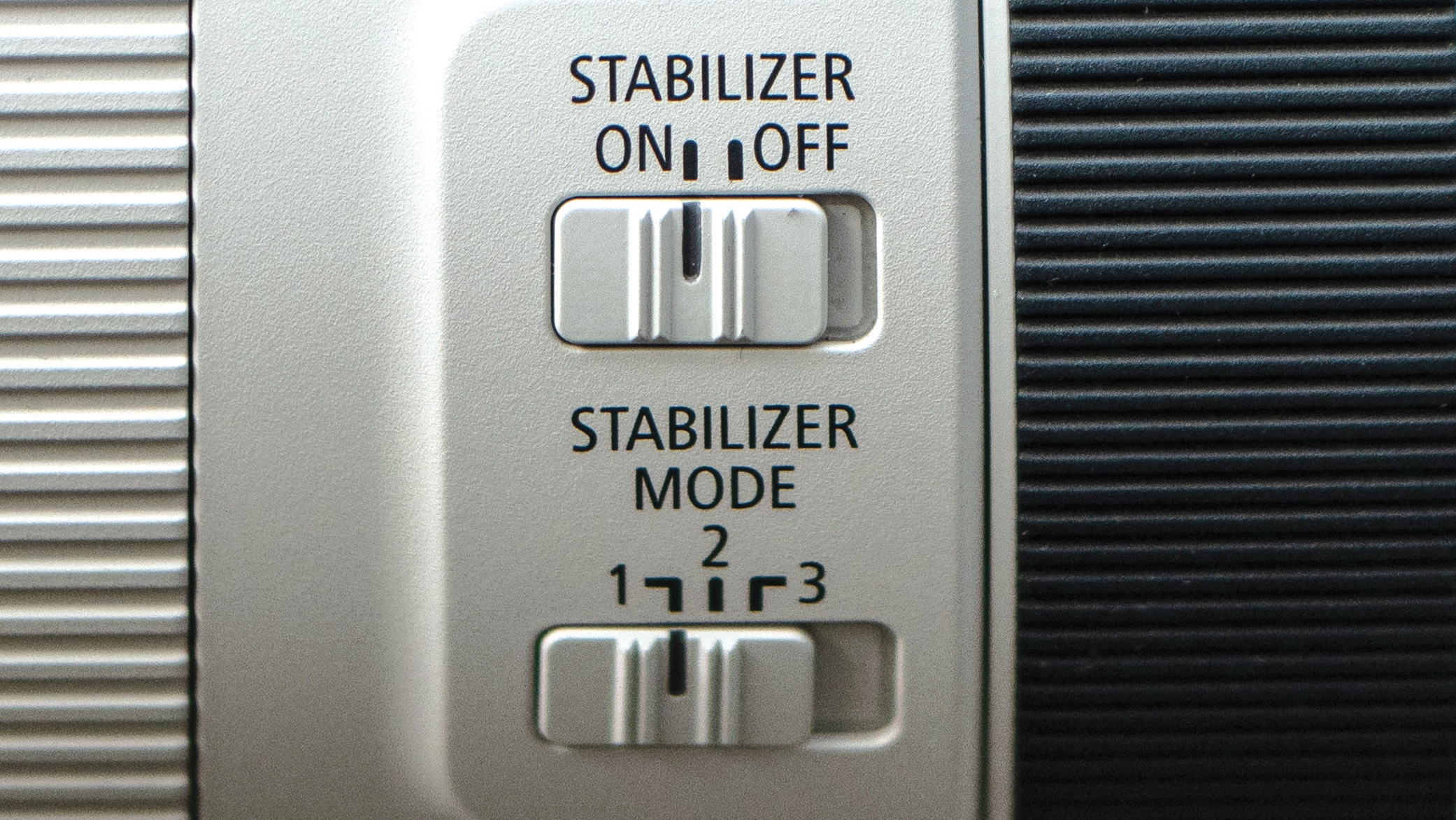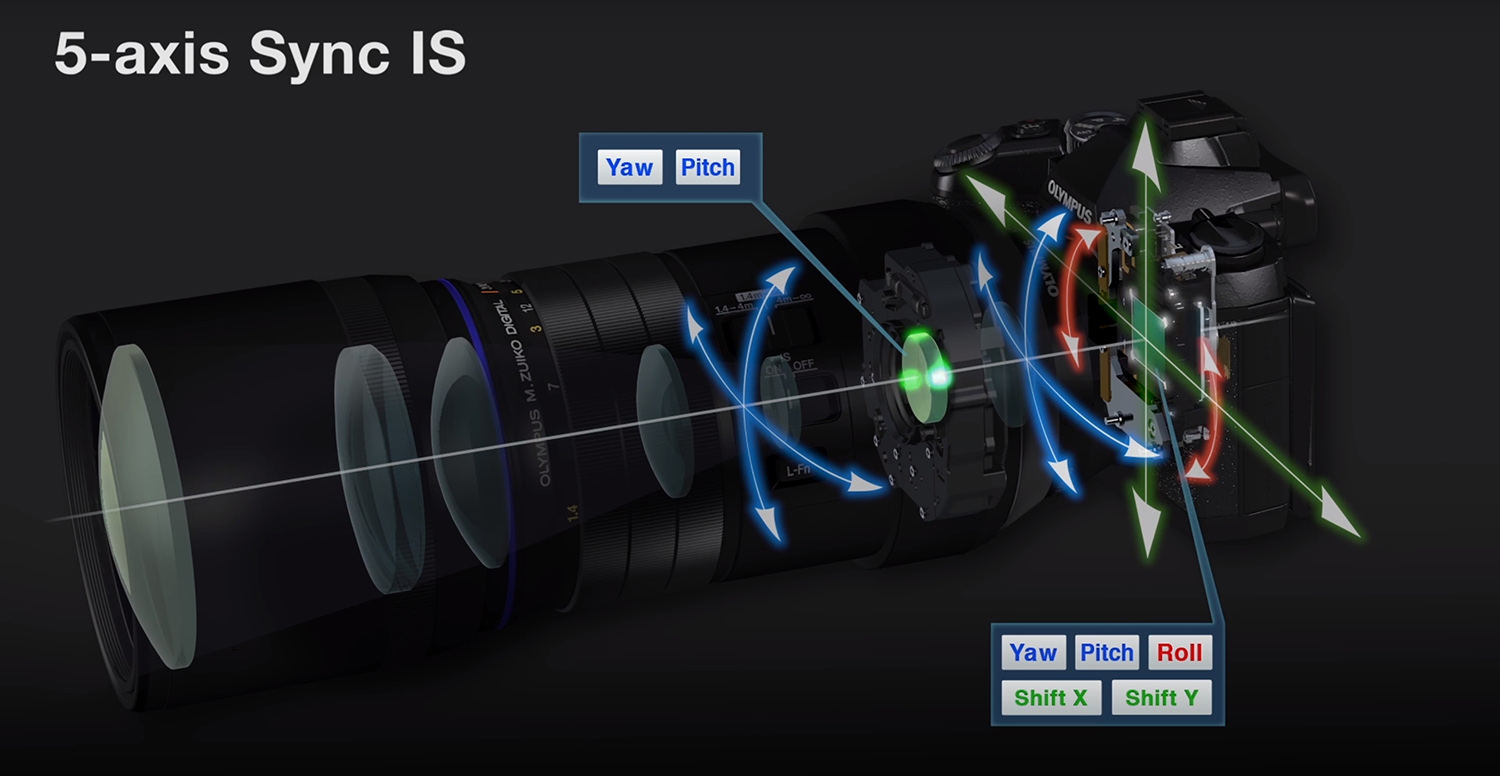What are the different IS modes on your camera lens, and when should you use them?
Learn when to apply an IS mode to enhance quality, and when to turn it off to save sharp pixels

You may have heard the term IS mode, and noticed specifically designed buttons for it on your camera lens, but what do these modes actually do?
IS stands for image stabilization, and when it comes to improving the sharpness of your shots it is of great importance. However, using it in the wrong situation can backfire and actually make your photos look blurry!
There are different types of image stabilization, and their names can vary depending on your camera or lens brand. For simplicity, I'll talk about the two main types as follows: in-body image stabilization (IBIS) and lens-based optical image stabilization (OIS).
Image stabilization is designed to level out or reduce camera shake, which can lead to blurry shots in windy situations, when you're shooting with longer focal lengths and zooms, or when using slower shutter speeds.
When you're shooting handheld, ensure that your stabilization system is activated – especially when you're working with heavy telephoto lenses. This will help compensate for any additional movement, as it can be quite difficult to operate a camera smoothly with these weightier optics.
While they might be a bit pricier, lenses with OIS can really pay off – especially for capturing fast-moving subjects like motorsport action. Some first-party lenses feature OIS that can work in conjunction with the camera's IBIS to maximize stabilization and image performance.
But here's the key point: typically when using heavy zooms and long lenses, you would shoot from a tripod. But when working with a tripod, keeping stabilization turned on might not give you the sharpest image!
The best camera deals, reviews, product advice, and unmissable photography news, direct to your inbox!
If you are shooting from a tripod, turn these features off. If you leave them on, some cameras and lenses will try to compensate for movements that aren't happening – which can introduce the very vibrations and blurriness you're trying to prevent. Some cameras even have a special tripod mode to help with this.
You might like...
For more explanations of imaging terms, take a look at our pieces on what is a "fast lens"? , what is image stabilization, what is focus peaking, and what is ISO in photography.

Kim is a photographer, editor and writer with work published internationally. She holds a Master's degree in Photography and Media and was formerly Technique Editor at Digital Photographer, focusing on the art and science of photography. Blending technical expertise with visual insight, Kim explores photography's time-honored yet ever-evolving role in culture. Through her features, tutorials, and gear reviews, she aims to encourage readers to explore the medium more deeply and embrace its full creative potential.
You must confirm your public display name before commenting
Please logout and then login again, you will then be prompted to enter your display name.

